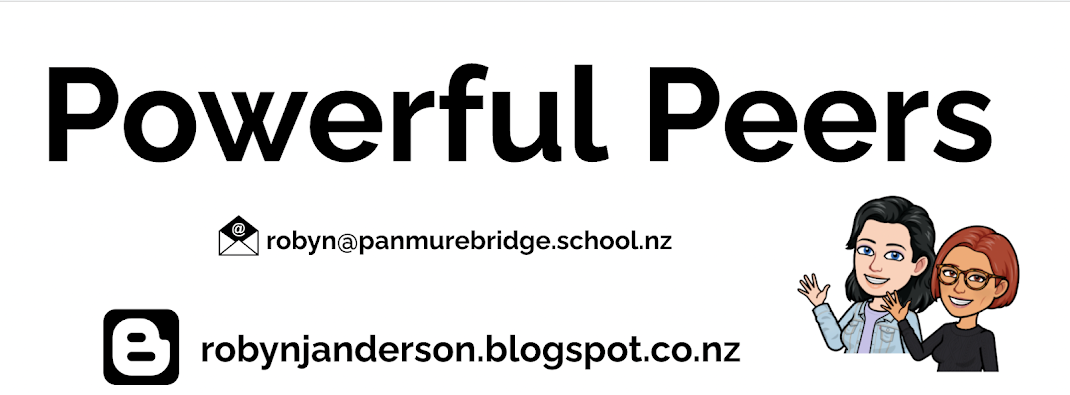The purpose of this inquiry was to evaluate the integration and frequency of 'Create' opportunities, a key component of the Manaiakalani ‘Learn-Create-Share’ pedagogy, within Reading instruction across our kura.
To measure the shift in practice, analysis was conducted comparing:
Opportunities explicitly planned for by teaching staff.
Opportunities shared via class Digital Learning Objects (DLOs).
Qualitative feedback sourced from Teacher Planning in Term 2 and Term 4
Confidentiality: Due to the identifiable nature of the small learning environment, all data is presented in aggregated and generalised form. Individual teacher or classroom data will not be shared to preserve the privacy and confidentiality of staff, ensuring the focus of this inquiry remains on collective pedagogical practices rather than individual appraisal.
Quanititative analysis of the data indicates a noticeable increase in the provision of opportunities for our tauira to consolidate their reading comprehension and literacy learning through the 'Create' component of the Manaiakalani framework.
The presentation below unpacks the increase in planned opportunities for our tauira to creatively explore their new learning. The detail in the analysis in reflected in the breakdown of the graphs on slides 4, 6, 8 and 10. It is important here to recognise the fact that our staff have a wide range of teaching experience ranging from less than one year to thirty plus years. It is also important to note that everyone has put a lot of effort into embracing a new curriculum and integrating new PLD, whilst trying hard not to throw the baby of 'create' out with the bath water.
The following factors are hypothesised to have contributed to the observed increase in 'Create' opportunities:
- Recognition that 'Create' extends beyond digital products to encompass various non-digital outputs.
- Completion of Structured Literacy Professional Learning and Development (PLD).
- Targeted staff meeting on the Manaiakalani ‘Create’ principle.
- In-class support provided by Manaiakalani facilitators.
- Active sharing of 'Create' outcomes in team meetings.
- Increased utilisation of blogging as an immediate output and sharing platform.
- Elevated kaiako confidence in teaching Structured Literacy.
- Improved kaiako confidence in utilising digital capabilities for task design.
- Increased staff ownership of accountability for pedagogical integration.
- Active planning for 'Create' opportunities.
- Effective establishment of connections between new and prior learning.
- Development of greater tauira (student) independence, enabling more complex, self-directed creation tasks.
The following factors are hypothesised to account for areas where the integration of 'Create' has seen minimal change:
- 'Create' opportunities were not explicitly integrated into planning cycles.
- Lower kaiako confidence in implementing Structured Literacy instructional practices.
- Lower kaiako confidence in leveraging digital capabilities for task design.
- Perceived pressure resulting from connecting existing practice to new PLD requirements.
- Initial resistance to pedagogical change within some practices
- Disconnects between teacher expectation and tauira capability, particularly concerning the complexity of independent creation tasks.












